Tough-1 6 pc. Horse Farrier Tool Kit – 111613699
The Tough-1 6 pc. Horse Farrier Tool Kit comes in a durable nylon case that measures 21 in. x 28 in. and folds for easy storage to 18 in. x 7 in. The horse farrier tool kit includes a rasp handle, hoof rasp, hoof nipper, hoof knife, and shoe puller.
The Tough-1 6 pc. Horse Farrier Tool Kit comes in a durable nylon case that measures 21 in. x 28 in. and folds for easy storage to 18 in. x 7 in. The horse farrier tool kit includes a rasp handle, hoof rasp, hoof nipper, hoof knife, and shoe puller. This farrier tool kit is the perfect addition to your other tack and farrier supplies.
- Includes rasp handle, hoof rasp, hoof nipper, hoof knife, and shoe puller
- Comes in durable nylon case for carrying convenience
- Farrier tool kit case measures 21 in. x 28 in.
- Case fold for easy storage to 18 in. x 7 in.
Additional information
| Primary Material | Nylon |
|---|---|
| Product Length | 21 in. |
| Product Weight | 5.6 lb. |
| Manufacturer Part Number | 79-4033-0-0 |

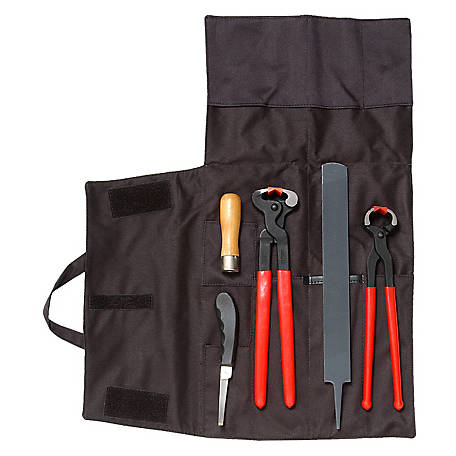

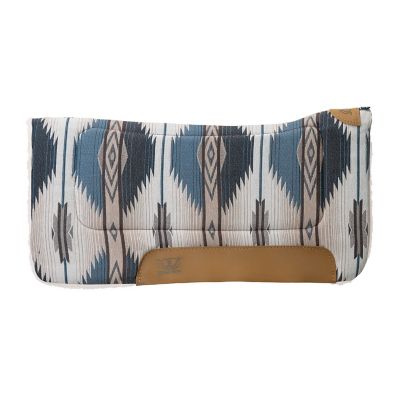
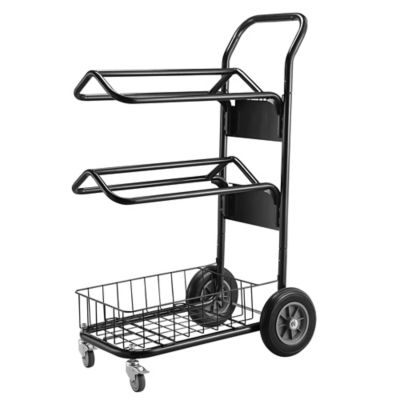
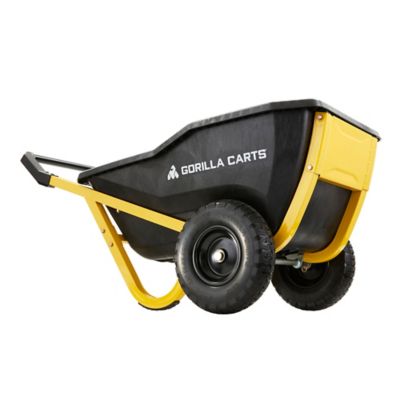
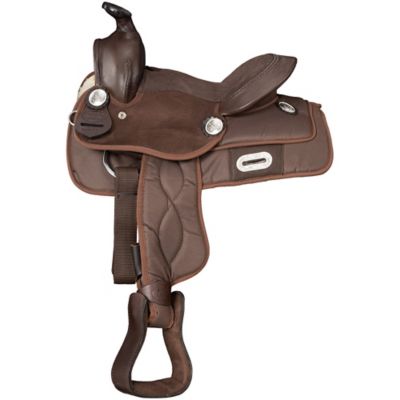
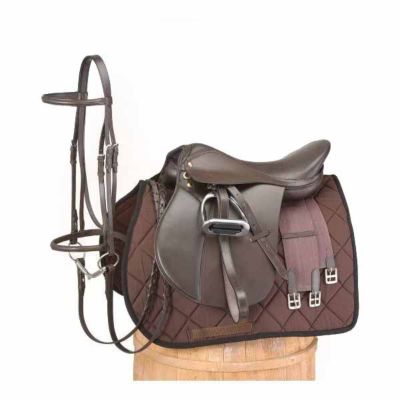
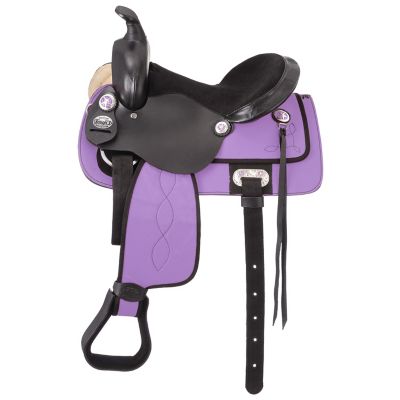
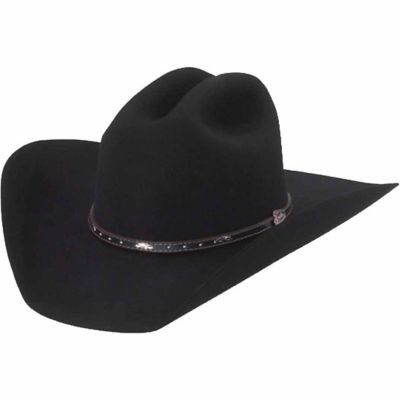
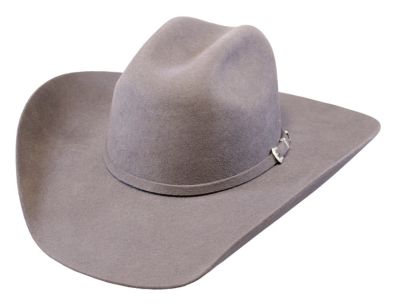
by Mike
Gave this as a gift. Great quality, fantastic value. So pleased with this item. Definitely buy this if you are looking for a good farrier kit with all the basics.
by Steve
Great picture of kit and price great business thanks.
by Tammy
Perfect set to use in between the farrier coming to keep my horses feet in good shape. Very compact, easy to use and easy to store.
by Bart
Great set. I am not a farrier but have two rescue donkeys that are not halter broke. The place I got them had to have them sedated to have any work done. For the most part their hoofs naturally trim themselves. Twice now they have had a rock bruise in their hoof and it causes issues where they will spend 8 weeks without putting weight on that hoof and the hoof grows out to the point that it needs to be trimmed. I get the donkeys into a squeeze chute and have used this set to trim up their hoofs with very little problems. They are getting better and actually allowing us to get halters on them at the same time. I am hoping to eventually be able to just use a halter and trim them “normally.” Until this time, I will use the squeeze chute and this set to keep their hoofs trimmed up. I would get this set again.